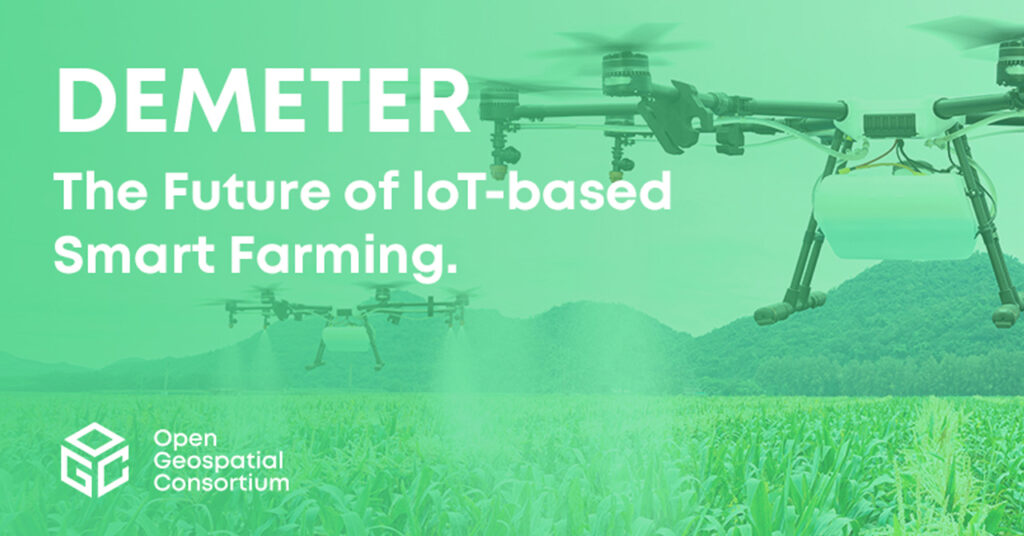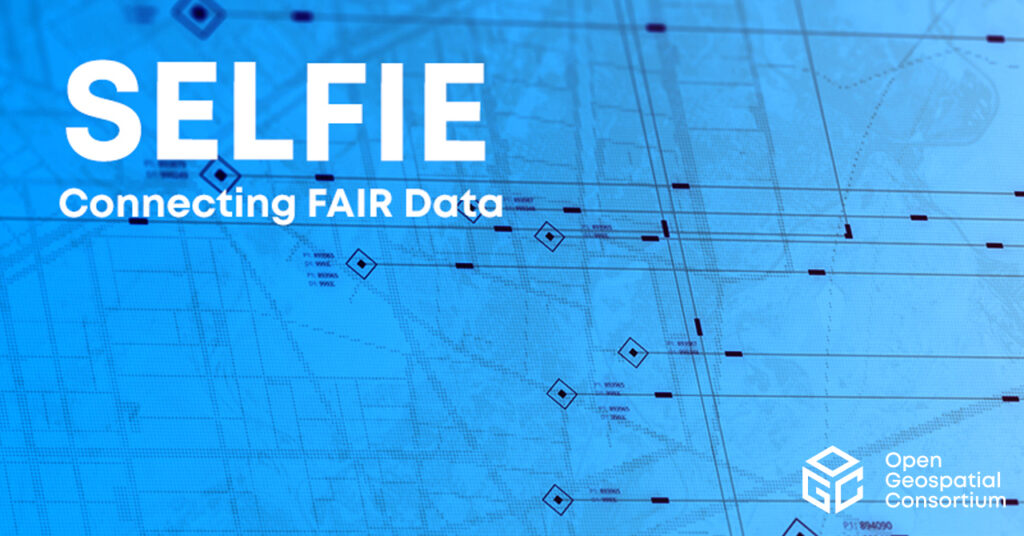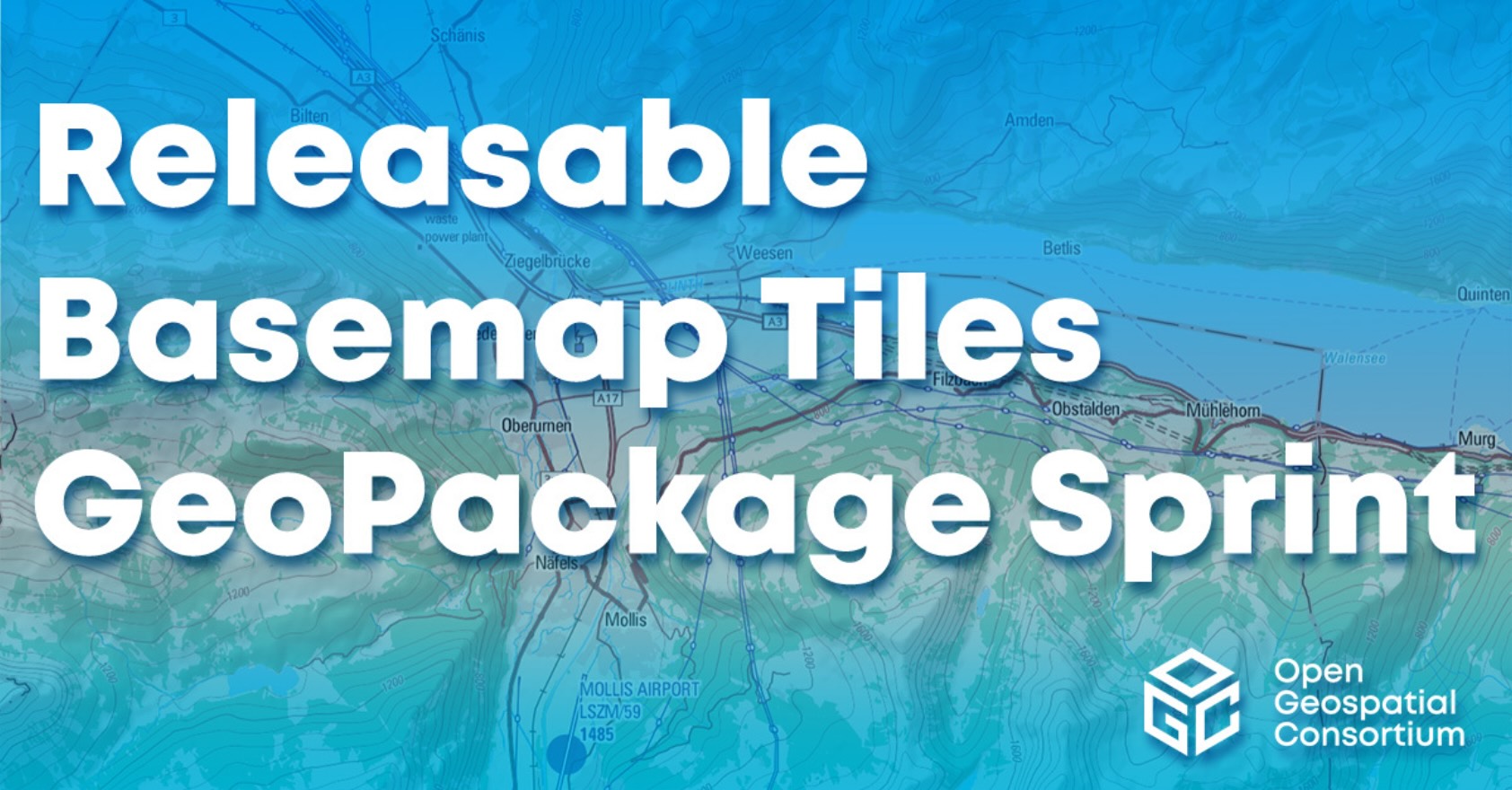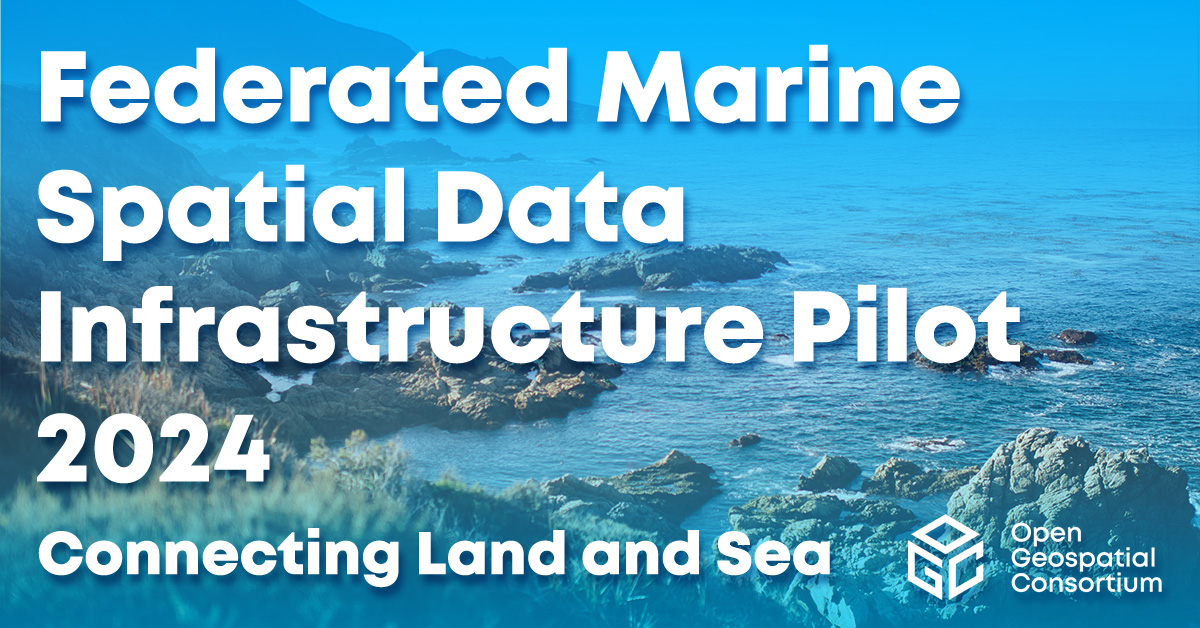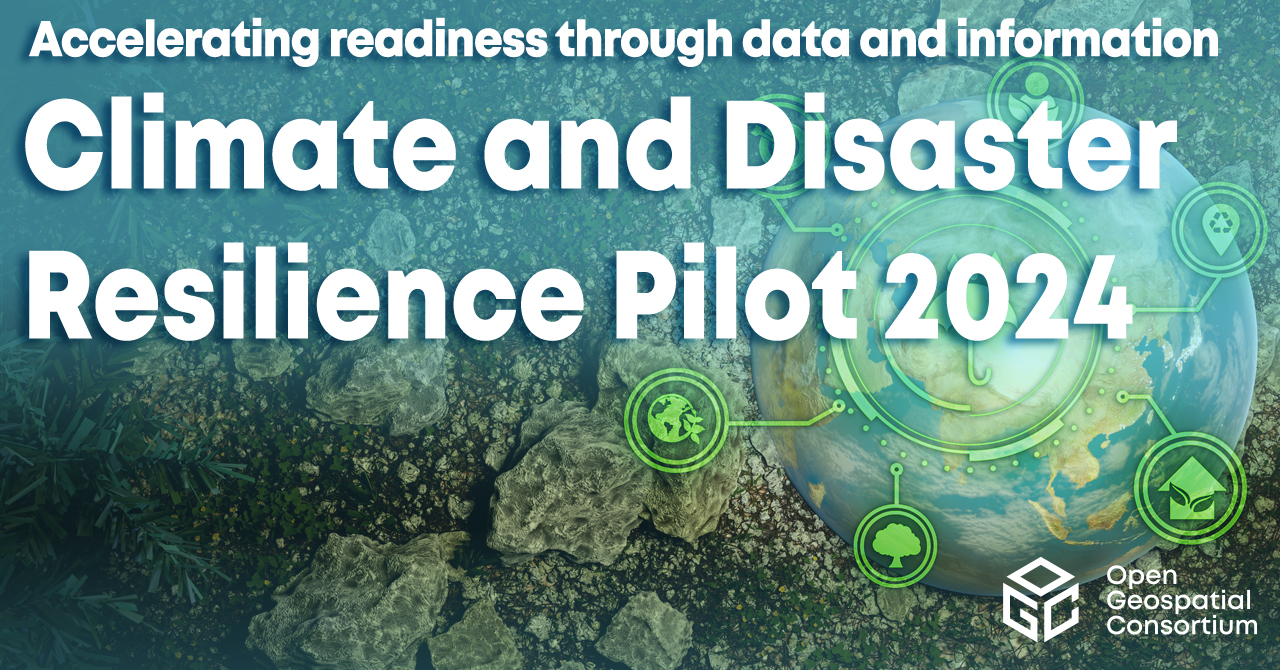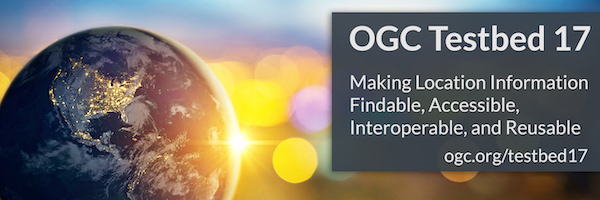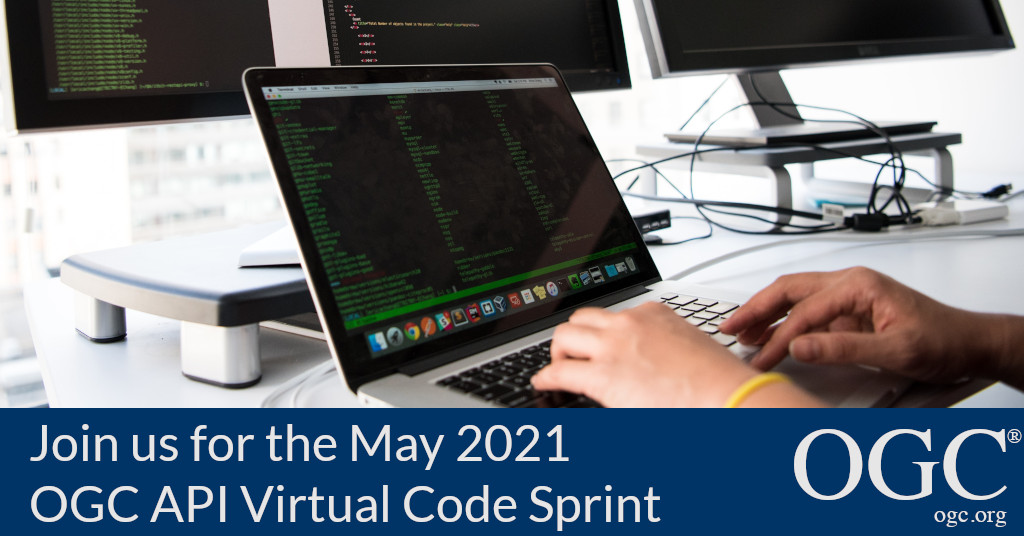‘Smart Cities’ is a broad concept that paints a vision of a connected, digital city as a solutionto these problems, and aims to provide a common set of solutions and tools for the planning,building, and managing of efficient, livable, sustainable communities.
A core requirement for making a city ‘smart’ is creating a representative digital environment within which some combination of advanced visualization, analysis, planning, modelling, simulation, monitoring, and citizen engagement can occur: the ‘urban digital twin.’ Urban digital twins include 3D models of a city’s physical objects in tandem with dynamic predictive models driven by real-time inputs-from traffic and public transport capacity levels and flood monitors-pouring in from sensors placed across the city. More than just a tool for city managers, well-designed urban digital twins create a diverse, interoperable, accessible, inclusive, and secure data ecosystem within which many different players can obtain insight that improves decisions.
This synthesis of information from many different sources is made possible only by the use of open standards. OGC, as the world’s leading and most comprehensive provider of open location standards, has been developing standards for, and running innovation initiatives focused on, Smart Cities and related technologies for many years.
Through OGC groups such as the Smart Cities Domain Working Group or the Integrated Digital Built Environment (IDBE) subcommittee, or through Innovation Initiatives such as the current IDBE Pilot or previous Future Cities or Smart City Interoperable Reference Architecture (SCIRA) Pilots, OGC has developed a host of open standards, best practices, and guides that have been designed, tested, and refined using real-world use-cases and scenarios. Complementing technologies used in Smart Cities, such as cloud hosting, DataCubes, JSON, Augmented, Extended, and Virtual Reality (AR/XR/VR), sensor networks, and more, are OGC standards such as CityGML, IndoorGML, SensorThings, 3DTiles, i3S andour family of OGC APIs.
Learn more about our initiatives
Similarly, OGC has forged partnerships in the Architecture, Engineering & Construction(AEC) community, such as buildingSMART International (bSI), to enable the interoperabilityof Building Information Models (BIM) developed during the building management lifecycle ofdesign, construct, and maintain with the geospatial technologies underlying smart cities.
To learn more about IDBE







